Emerald Ash Borer Treatment Effectiveness
Emerald ash borer treatment effectiveness. An emerald ash borer infestation can kill a young ash tree in as little as a year if left untreated so early detection is crucial. Has been detected in the Omaha area. Since the presence and infestation level of EAB is quite difficult to determine at early stages of an infestation insecticide treatments may be merited to mitigate damage by EAB.
Healthy ash trees should have dense green foliage without any bare or sparse branches. When properly administered by a licensed tree care professional some trunk injections have shown to be 90 percent effective at controlling EAB making this treatment the most effective. This lag in the reversal of canopy decline probably reflects the time needed for the tree to repair its vascular system after the density of EAB larvae has been reduced.
1-3 years depending on selected product. In several intensive studies conducted by MSU and OSU researchers a single injection of TREE-äge provided excellent control of Emerald Ash Borer for approximately two years even under high pest presence. Executive Outdoor Living has the best known treatment for EAB.
The xylem acts much like the arteries of the human body and distributes water to the rest of the tree. This means that you typically only need to treat your trees for EAB every two years. If treatment is effective the tree canopy will usually begin to improve in the second year of treatment.
Systemic insecticides are the products of choice when treating for the emerald ash borer. EAB can be managed with a variety of strategies that prevent new infections and can actually save trees that are lightly infested. Emerald Ash Borer treatments are performed by injecting product into the trees trunk just above the soil line.
Research results suggest that ash trees showing 50 percent dieback are not likely to be salvaged and any damage can reduce the effectiveness of systemic treatments. Insecticide treatments are not suggested for trees with greater than 50 canopy thinning. My ash tree looks fine but EAB has been detected in the vicinity.
As you move away from the tree large radial roots diverge like spokes on a wheel and fine root density decreases. Three years later more than 90 percent of the treated ash trees show no signs of infestation.
For example when EAB was detected in Naperville IL they treated their trees.
Proactive management is necessary to combat the emerald ash borer to avoid infestation and death of healthy ash trees. 1-3 years depending on selected product. Thankfully with a little awareness and education early detection can be as easy as looking out of your window. Many insecticides are effective at killing the adult emerald ash borers as well as the larvae. If treatment is effective the tree canopy will usually begin to improve in the second year of treatment. This lag in the reversal of canopy decline probably reflects the time needed for the tree to repair its vascular system after the density of EAB larvae has been reduced. Insecticide treatments are not suggested for. Executive Outdoor Living has the best known treatment for EAB. My ash tree looks fine but EAB has been detected in the vicinity.
Trunk-InjectionImplant Systemic Insecticides Several systemic insecticides can be injected or implanted directly into the trunk of ash. My ash tree looks fine but EAB has been detected in the vicinity. The USDA estimates at the national level if left unchecked the Emerald Ash Borer could cause 20-60 billion dollars in damage to ash trees. Research suggests that insecticide treatments are significantly more effective on EAB-infested ash trees with less than 50 canopy thinning. This is the only treatment available that has shown to still be effective after the tree has already been infested. An emerald ash borer infestation can kill a young ash tree in as little as a year if left untreated so early detection is crucial. Insecticide treatments are not suggested for trees with greater than 50 canopy thinning.




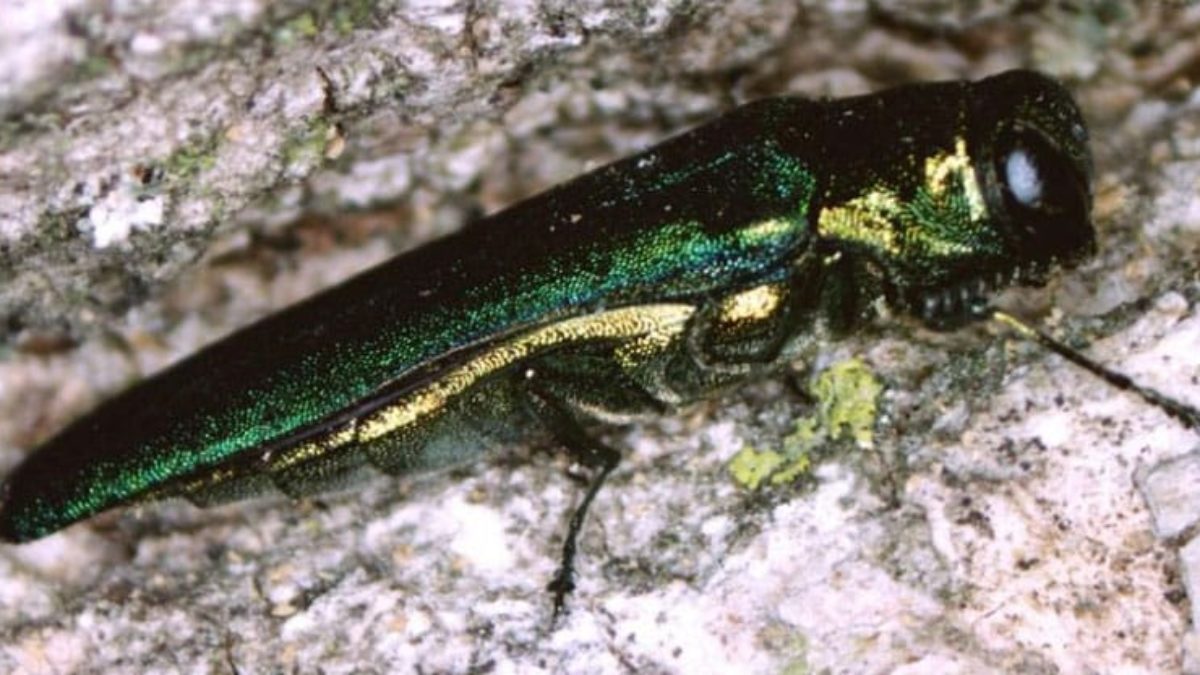
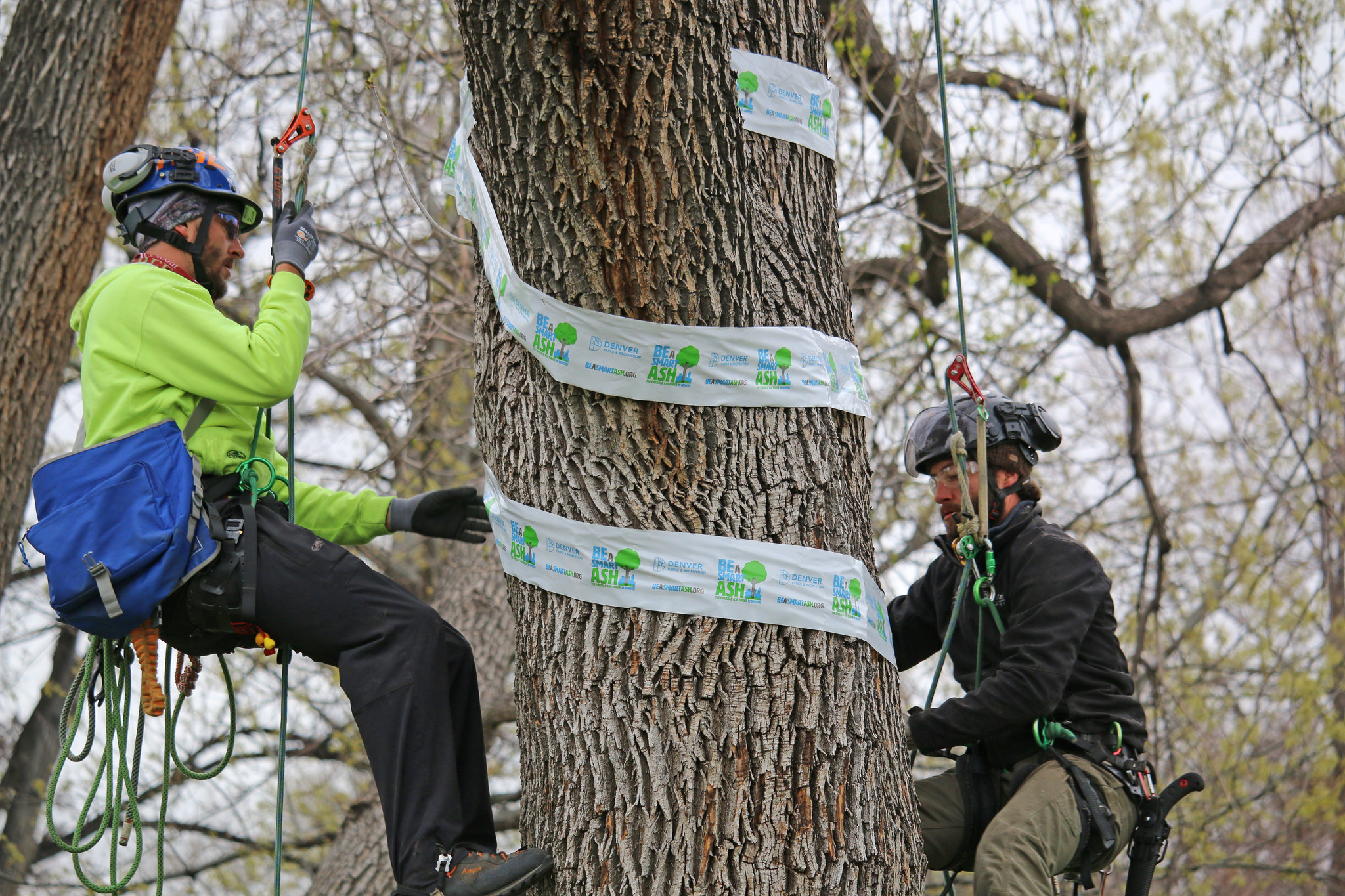

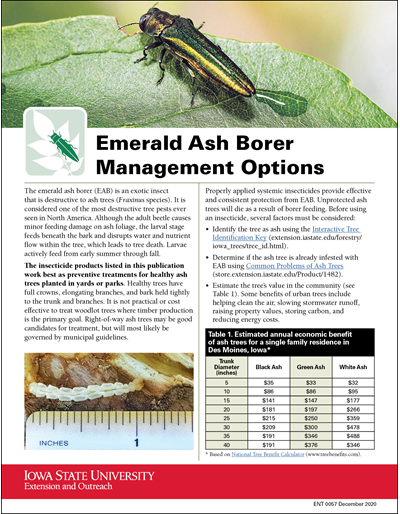
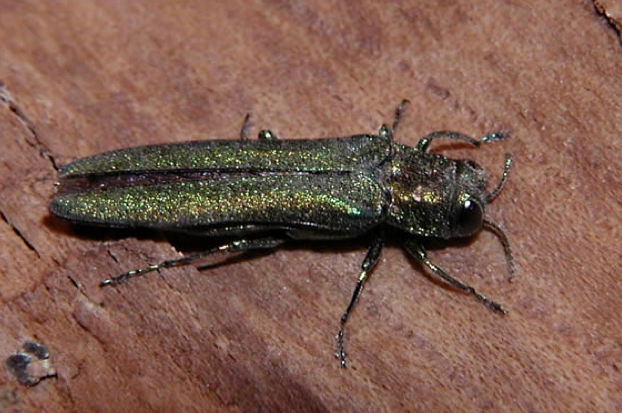
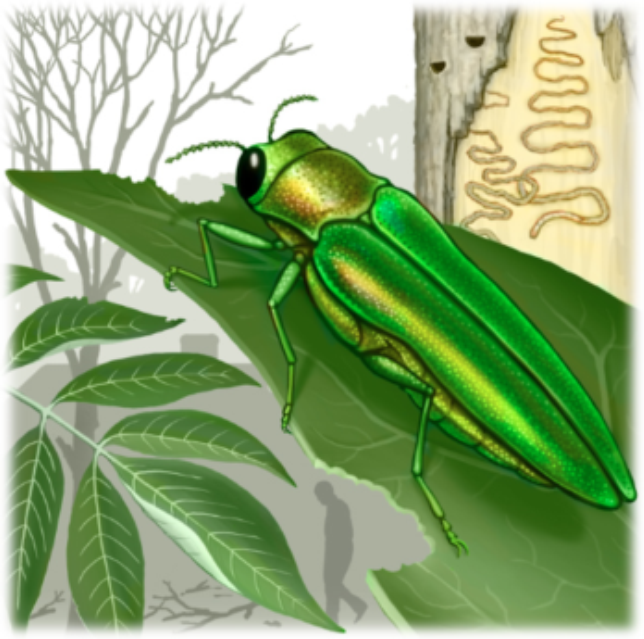
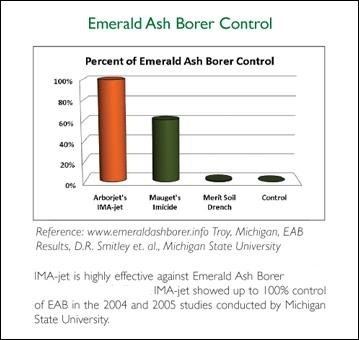


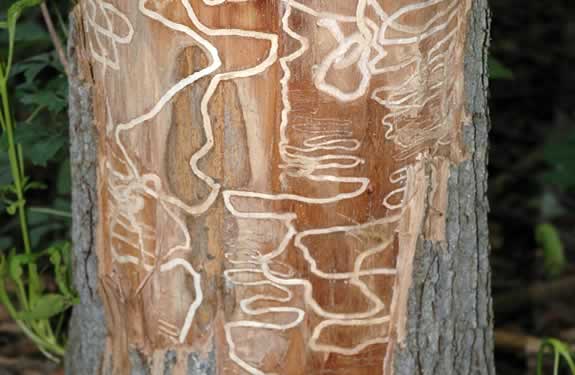
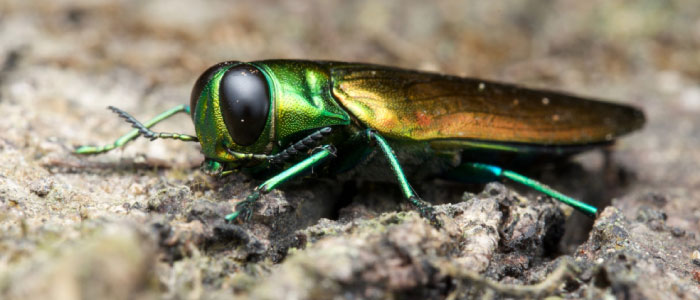
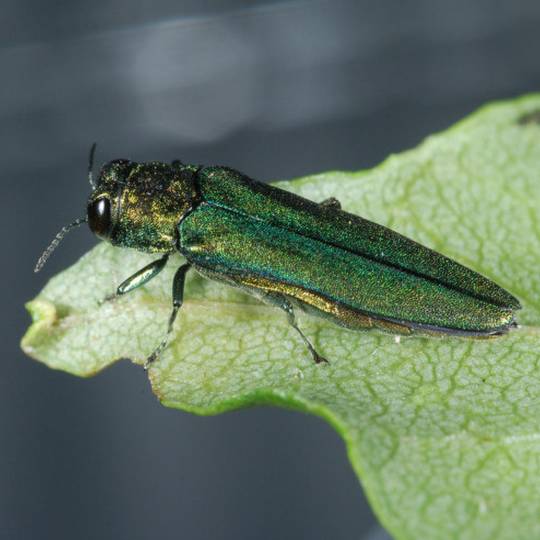


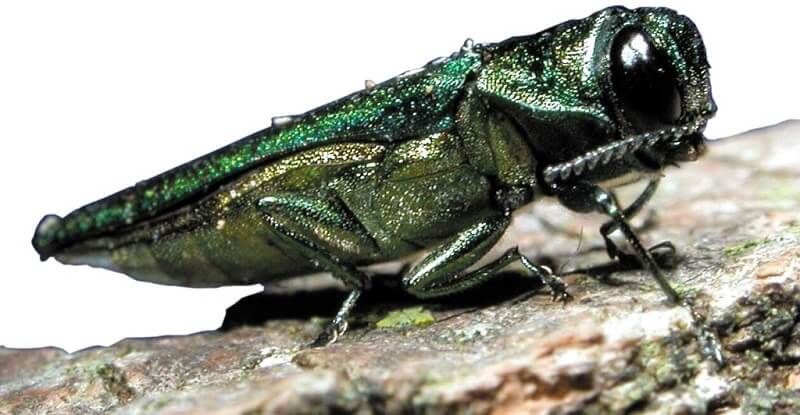
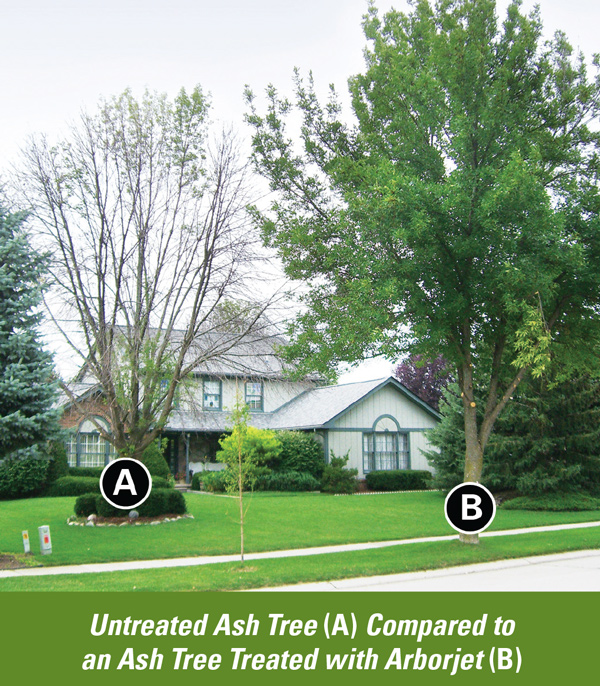







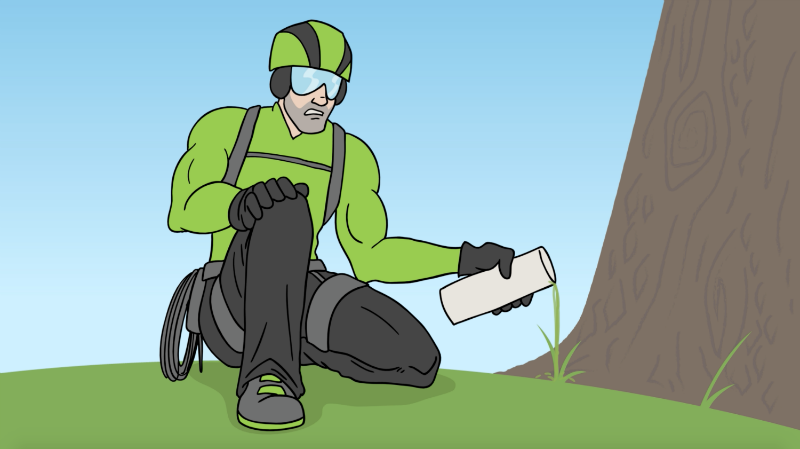




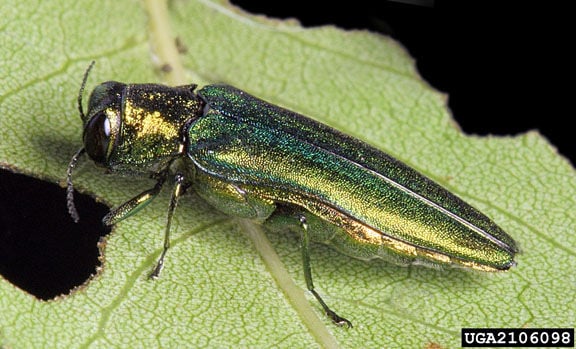


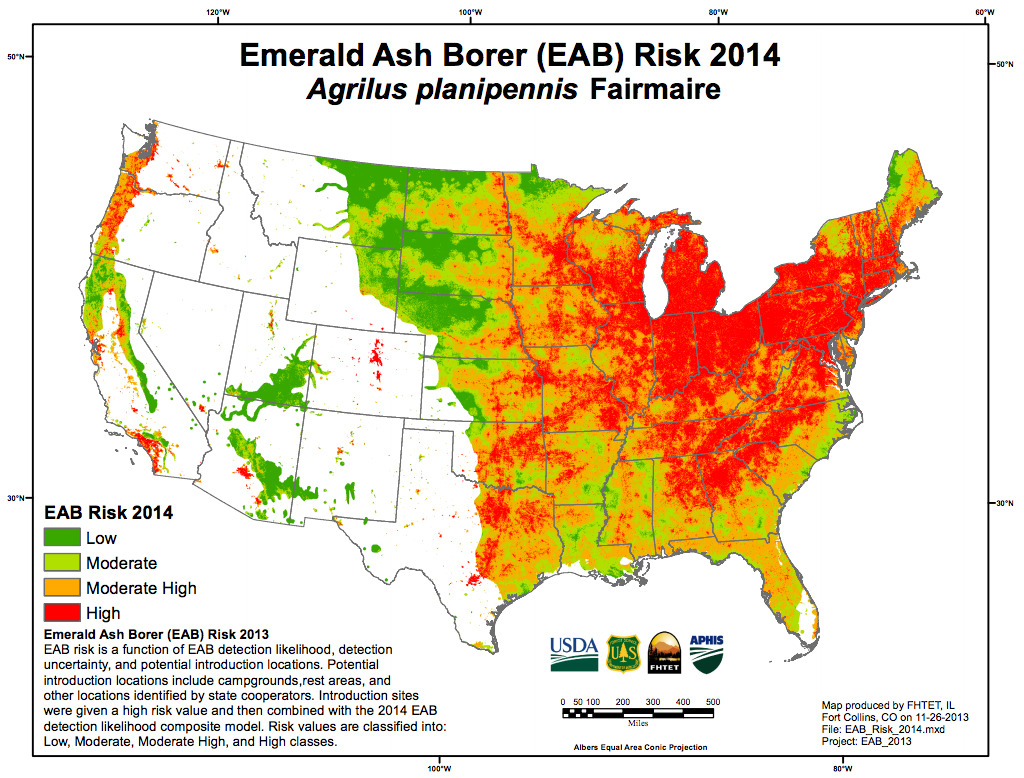


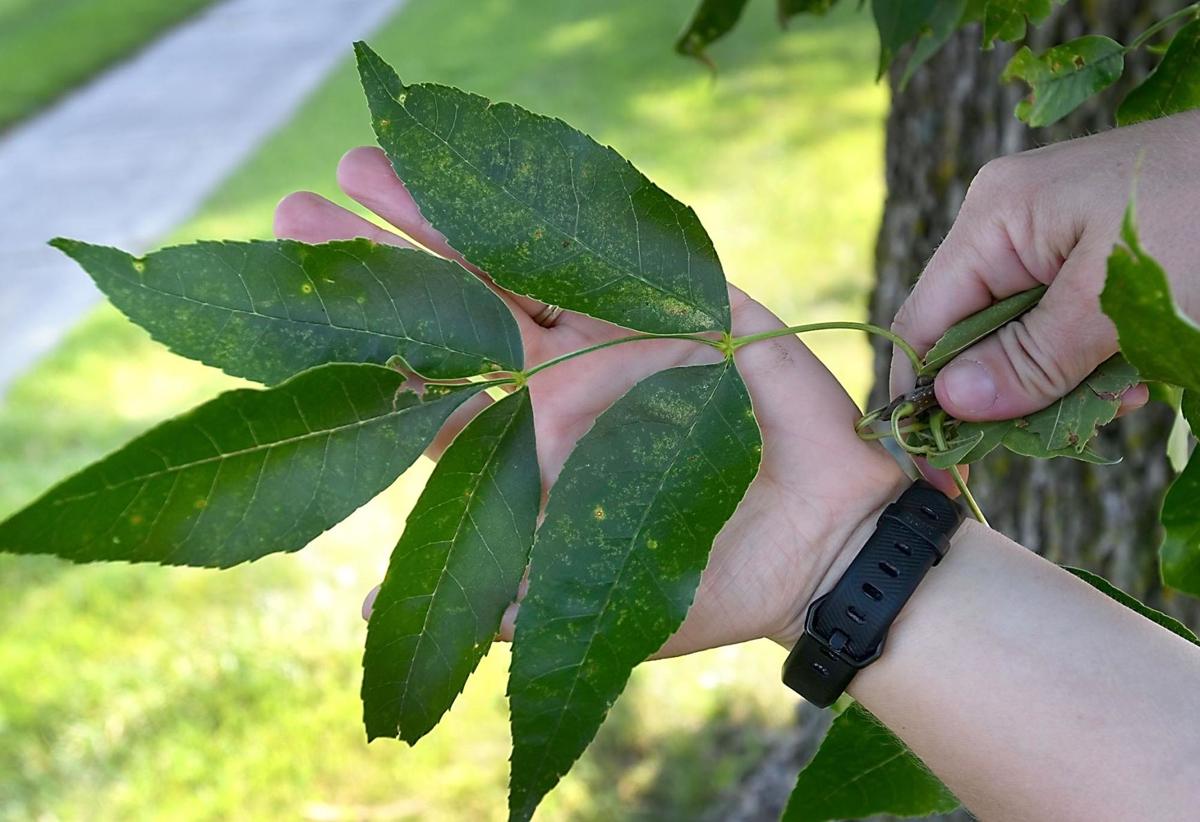

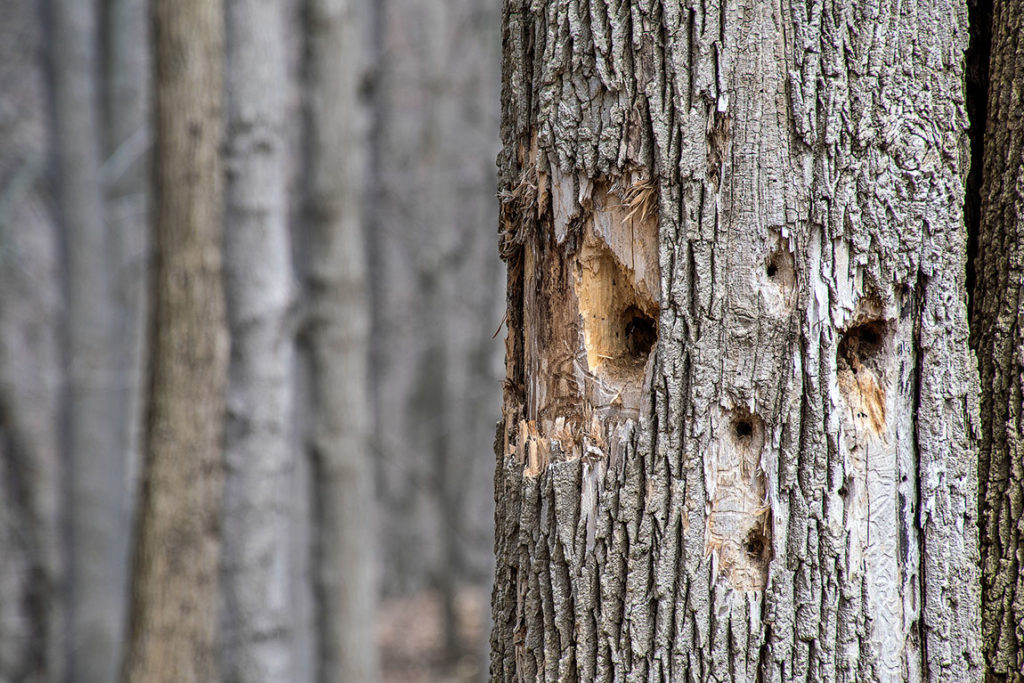
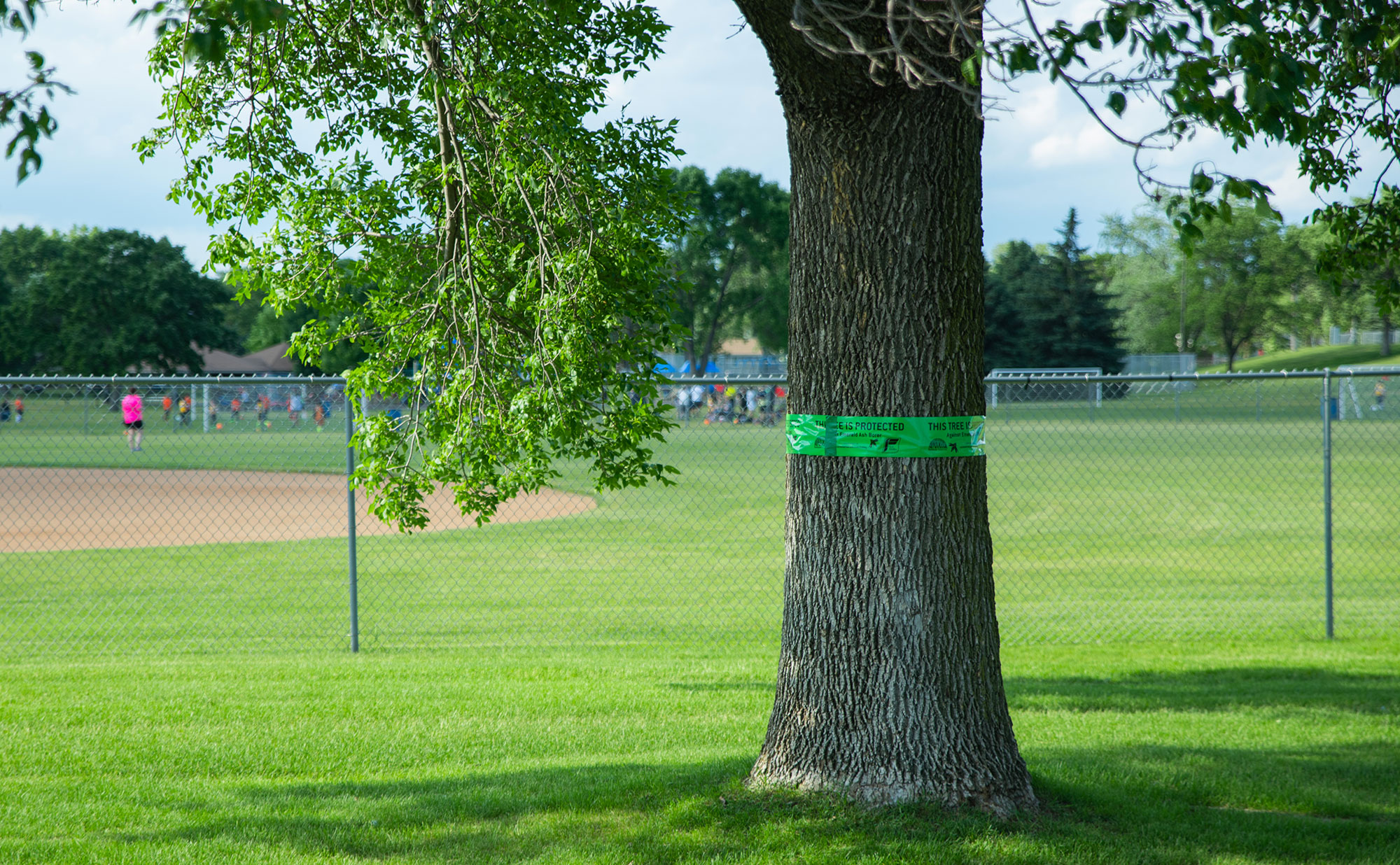
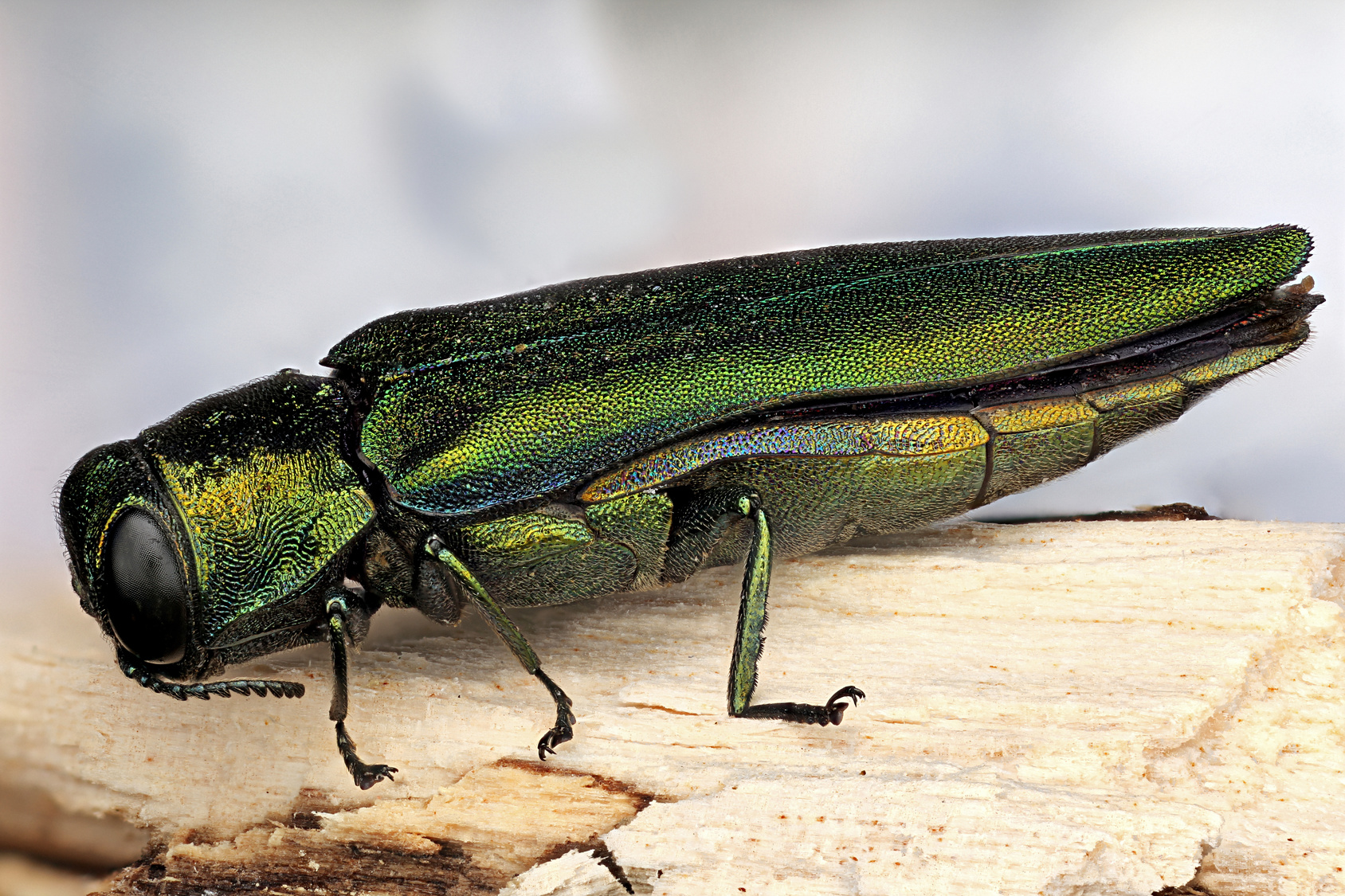


Post a Comment for "Emerald Ash Borer Treatment Effectiveness"